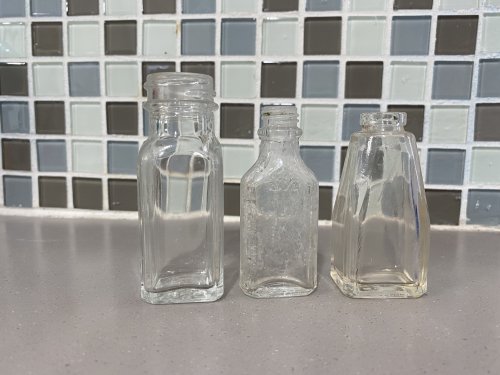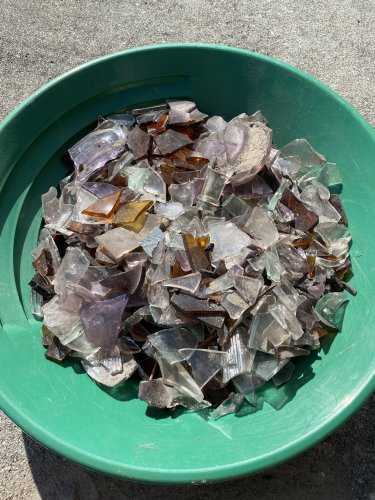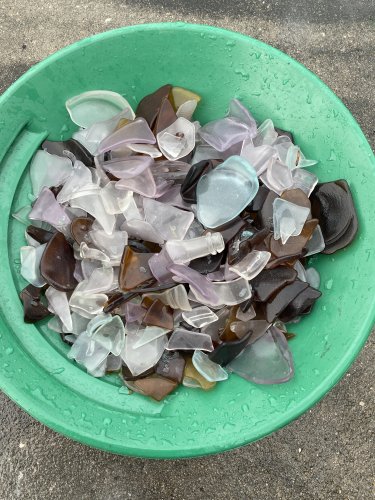ccpe
Well-Known Member
- Joined
- Nov 15, 2020
- Messages
- 91
- Reaction score
- 178
- Points
- 33
I went to pick up the broken glass in my friend's driveway to make beach glass and found these little bottles intact. There was a lot of old purple broken glass. Can anyone tell me the real reason some glass turns purple with age? I've heard a lot of different reasons. Thanks!



